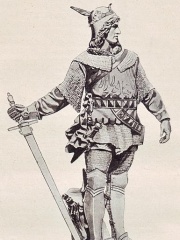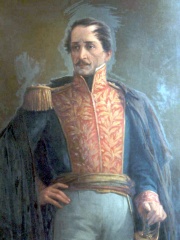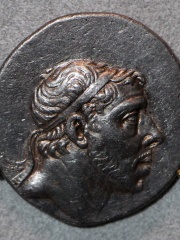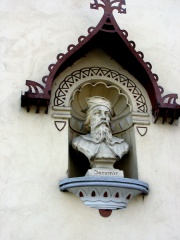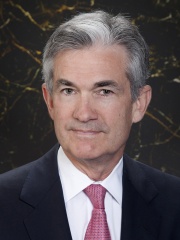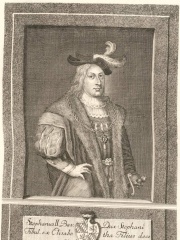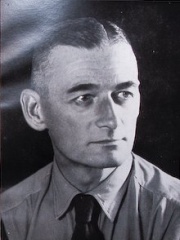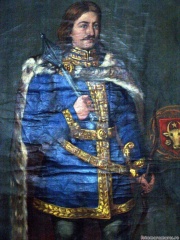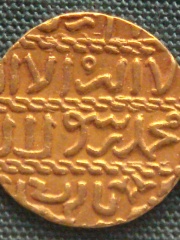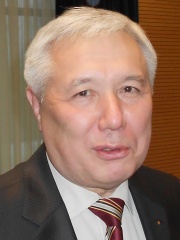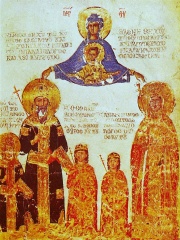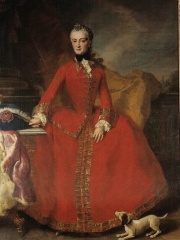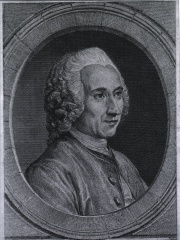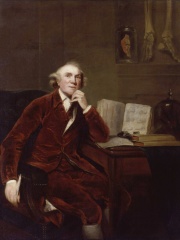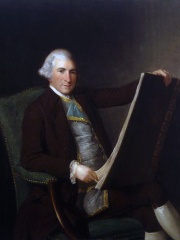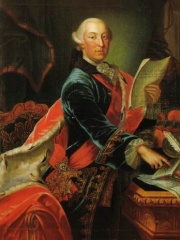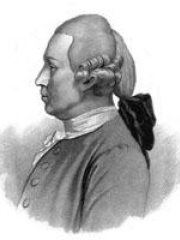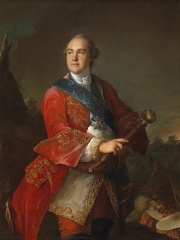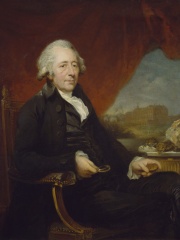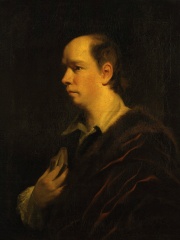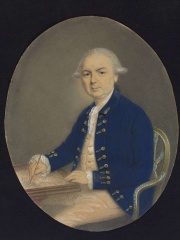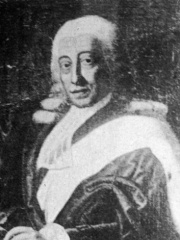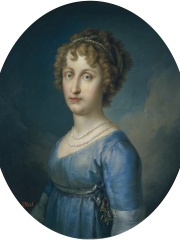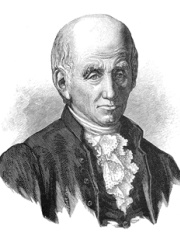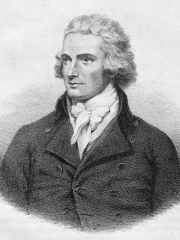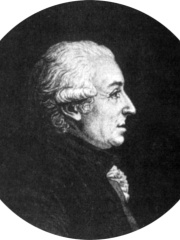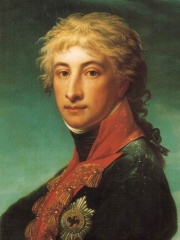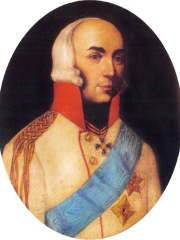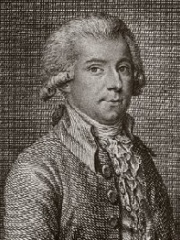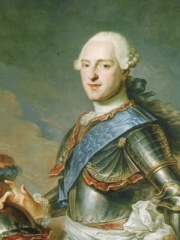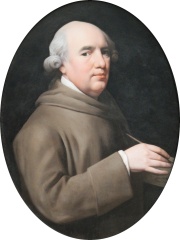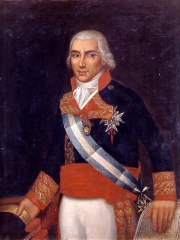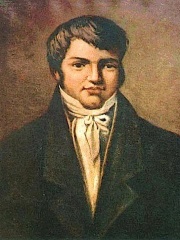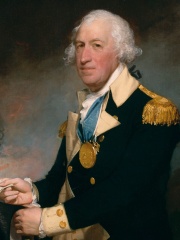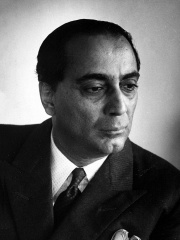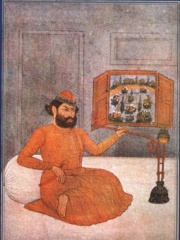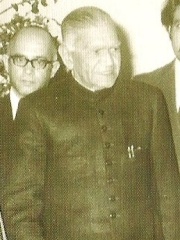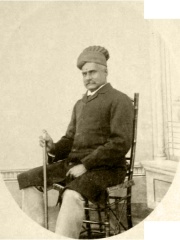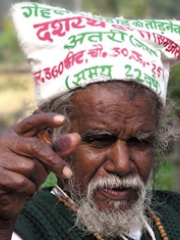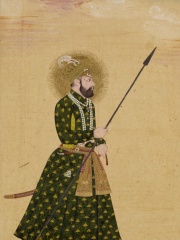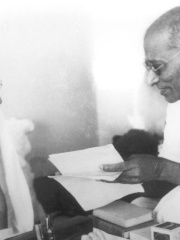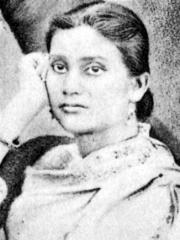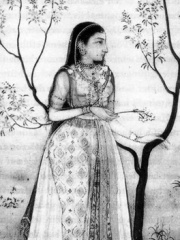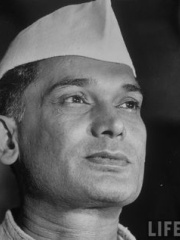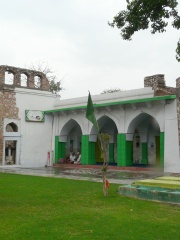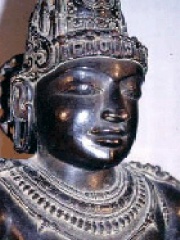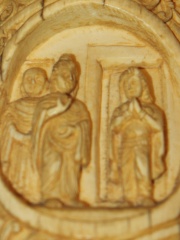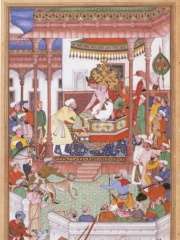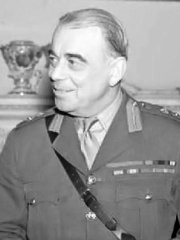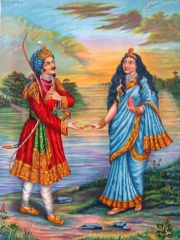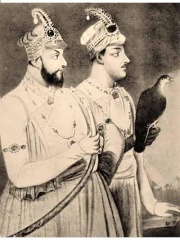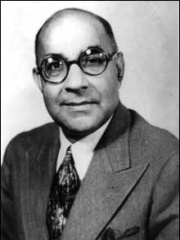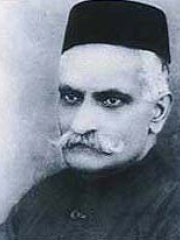POLITICIAN
Shah Alam II
1728 - 1806
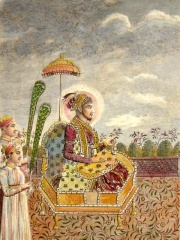
 Shah Alam II
Shah Alam II
Shah Alam II ( Persian pronunciation: [ʃɑːh ʔɑː.ˈlam]; 25 June 1728 – 19 November 1806), also known by his birth name Ali Gohar, or Ali Gauhar, was the seventeenth Mughal emperor and the son of Alamgir II. Shah Alam II became the emperor of a crumbling Mughal Empire. His power was so depleted during his reign that it led to a saying in the Persian language, Sultanat-e-Shah Alam, Az Dilli ta Palam, meaning, 'The empire of Shah Alam is from Delhi to Palam', Palam being a suburb of Delhi.Shah Alam faced many invasions, mainly by the Emir of Afghanistan, Ahmed Shah Abdali, which led to the Third Battle of Panipat (1761) between the Maratha Confederacy, and the Afghan Empire led by Abdali. In 1760, the invading forces of Abdali were driven away by the Marathas, led by Sadashivrao Bhau, who deposed Shah Jahan III, the puppet Mughal emperor of Imad-ul-Mulk, and installed Shah Alam II as the rightful emperor (1760 – 1772).Shah Alam II was considered the only and rightful emperor, but he was unable to return to Delhi until 1772, under the protection of the Maratha general Mahadaji Shinde. Read more on Wikipedia
Since 2007, the English Wikipedia page of Shah Alam II has received more than 2,078,995 page views. His biography is available in 38 different languages on Wikipedia (up from 37 in 2019). Shah Alam II is the 7,209th most popular politician (down from 6,606th in 2019), the 233rd most popular biography from India (down from 207th in 2019) and the 76th most popular Indian Politician.
Memorability Metrics
2.1M
Page Views (PV)
56.75
Historical Popularity Index (HPI)
38
Languages Editions (L)
2.90
Effective Languages (L*)
4.73
Coefficient of Variation (CV)
Page views of Shah Alam IIS by language
Over the past year Shah Alam II has had the most page views in the English wikipedia edition with 281,202 views, followed by Hindi (23,587), and Persian (9,683). In terms of yearly growth of page views the top 3 wikpedia editions are Uzbek (304.55%), Kurdish (Sorani) (103.23%), and (48.62%)
Among POLITICIANS
Among politicians, Shah Alam II ranks 7,209 out of 19,576. Before him are Waldemar, Margrave of Brandenburg-Stendal, Francisco de Paula Santander, Pharnaces I of Pontus, Jaromír, Duke of Bohemia, Jerome Powell, and Anna Dalassene. After him are Stephen III, Duke of Bavaria, Walter Buch, Dragoș, Voivode of Moldavia, Barsbay, Yuriy Yekhanurov, and Theodore II Palaiologos.
Most Popular Politicians in Wikipedia
Go to all RankingsWaldemar, Margrave of Brandenburg-Stendal
1281 - 1319
HPI: 56.76
Rank: 7,203
Francisco de Paula Santander
1792 - 1840
HPI: 56.76
Rank: 7,204
Pharnaces I of Pontus
300 BC - 159 BC
HPI: 56.75
Rank: 7,205
Jaromír, Duke of Bohemia
1000 - 1038
HPI: 56.75
Rank: 7,206
Jerome Powell
1953 - Present
HPI: 56.75
Rank: 7,207
Anna Dalassene
1030 - 1105
HPI: 56.75
Rank: 7,208
Shah Alam II
1728 - 1806
HPI: 56.75
Rank: 7,209
Stephen III, Duke of Bavaria
1337 - 1413
HPI: 56.75
Rank: 7,210
Walter Buch
1883 - 1949
HPI: 56.75
Rank: 7,211
Dragoș, Voivode of Moldavia
1400 - 1400
HPI: 56.75
Rank: 7,212
Barsbay
1369 - 1438
HPI: 56.75
Rank: 7,213
Yuriy Yekhanurov
1948 - Present
HPI: 56.74
Rank: 7,214
Theodore II Palaiologos
1396 - 1448
HPI: 56.74
Rank: 7,215
Contemporaries
Among people born in 1728, Shah Alam II ranks 17. Before him are Maria Anna Sophia of Saxony, Antoine Baumé, John Hunter, Robert Adam, Charles Eugene, Duke of Württemberg, and Johann Adam Hiller. After him are Kirill Razumovski, Matthew Boulton, Oliver Goldsmith, Samuel Wallis, Carlo Allioni, and Johann Andreas Stein. Among people deceased in 1806, Shah Alam II ranks 25. Before him are Princess Maria Antonia of Naples and Sicily, Michel Adanson, Mungo Park, Mathurin Jacques Brisson, Prince Louis Ferdinand of Prussia, and Pavel Tsitsianov. After him are Vicente Martín y Soler, Prince Francis Xavier of Saxony, George Stubbs, Federico Gravina, Fra Diavolo, and Horatio Gates.
Others Born in 1728
Go to all RankingsMaria Anna Sophia of Saxony
POLITICIAN
1728 - 1797
HPI: 58.51
Rank: 11
Antoine Baumé
CHEMIST
1728 - 1804
HPI: 58.05
Rank: 12
John Hunter
PHYSICIAN
1728 - 1793
HPI: 57.96
Rank: 13
Robert Adam
ARCHITECT
1728 - 1792
HPI: 57.78
Rank: 14
Charles Eugene, Duke of Württemberg
POLITICIAN
1728 - 1793
HPI: 57.39
Rank: 15
Johann Adam Hiller
COMPOSER
1728 - 1804
HPI: 56.92
Rank: 16
Shah Alam II
POLITICIAN
1728 - 1806
HPI: 56.75
Rank: 17
Kirill Razumovski
POLITICIAN
1728 - 1803
HPI: 56.66
Rank: 18
Matthew Boulton
INVENTOR
1728 - 1809
HPI: 56.31
Rank: 19
Oliver Goldsmith
WRITER
1728 - 1774
HPI: 55.71
Rank: 20
Samuel Wallis
EXPLORER
1728 - 1795
HPI: 55.49
Rank: 21
Carlo Allioni
BIOLOGIST
1728 - 1804
HPI: 54.38
Rank: 22
Johann Andreas Stein
COMPOSER
1728 - 1792
HPI: 54.11
Rank: 23
Others Deceased in 1806
Go to all RankingsPrincess Maria Antonia of Naples and Sicily
POLITICIAN
1784 - 1806
HPI: 60.73
Rank: 19
Michel Adanson
BIOLOGIST
1727 - 1806
HPI: 60.36
Rank: 20
Mungo Park
PHYSICIAN
1771 - 1806
HPI: 59.00
Rank: 21
Mathurin Jacques Brisson
BIOLOGIST
1723 - 1806
HPI: 58.99
Rank: 22
Prince Louis Ferdinand of Prussia
POLITICIAN
1772 - 1806
HPI: 57.36
Rank: 23
Pavel Tsitsianov
POLITICIAN
1754 - 1806
HPI: 57.05
Rank: 24
Shah Alam II
POLITICIAN
1728 - 1806
HPI: 56.75
Rank: 25
Vicente Martín y Soler
COMPOSER
1754 - 1806
HPI: 56.31
Rank: 26
Prince Francis Xavier of Saxony
POLITICIAN
1730 - 1806
HPI: 56.23
Rank: 27
George Stubbs
PAINTER
1724 - 1806
HPI: 55.78
Rank: 28
Federico Gravina
MILITARY PERSONNEL
1756 - 1806
HPI: 55.36
Rank: 29
Fra Diavolo
SOCIAL ACTIVIST
1771 - 1806
HPI: 55.31
Rank: 30
Horatio Gates
MILITARY PERSONNEL
1727 - 1806
HPI: 54.43
Rank: 31
In India
Among people born in India, Shah Alam II ranks 233 out of 1,861. Before him are Homi J. Bhabha (1909), Mir Taqi Mir (1723), Fakhruddin Ali Ahmed (1905), Raja Ravi Varma (1848), Dignāga (480), and Dashrath Manjhi (1934). After him are Jahandar Shah (1661), Aamir Khan (1965), C. Rajagopalachari (1878), Kadambini Ganguly (1861), Jahanara Begum (1614), and Jayaprakash Narayan (1902).
Others born in India
Go to all RankingsHomi J. Bhabha
PHYSICIST
1909 - 1966
HPI: 56.98
Rank: 227
Mir Taqi Mir
WRITER
1723 - 1810
HPI: 56.95
Rank: 228
Fakhruddin Ali Ahmed
POLITICIAN
1905 - 1977
HPI: 56.86
Rank: 229
Raja Ravi Varma
PAINTER
1848 - 1906
HPI: 56.83
Rank: 230
Dignāga
PHILOSOPHER
480 - 540
HPI: 56.82
Rank: 231
Dashrath Manjhi
RELIGIOUS FIGURE
1934 - 2007
HPI: 56.80
Rank: 232
Shah Alam II
POLITICIAN
1728 - 1806
HPI: 56.75
Rank: 233
Jahandar Shah
POLITICIAN
1661 - 1713
HPI: 56.69
Rank: 234
Aamir Khan
ACTOR
1965 - Present
HPI: 56.66
Rank: 235
C. Rajagopalachari
SOCIAL ACTIVIST
1878 - 1972
HPI: 56.64
Rank: 236
Kadambini Ganguly
PHYSICIAN
1861 - 1923
HPI: 56.64
Rank: 237
Jahanara Begum
POLITICIAN
1614 - 1681
HPI: 56.60
Rank: 238
Jayaprakash Narayan
SOCIAL ACTIVIST
1902 - 1979
HPI: 56.55
Rank: 239
Among POLITICIANS In India
Among politicians born in India, Shah Alam II ranks 76. Before him are Nizamuddin Auliya (1238), Rajaraja I (947), Amrapali (-450), Abdul Rahim Khan-I-Khana (1556), Hastings Ismay, 1st Baron Ismay (1887), and Fakhruddin Ali Ahmed (1905). After him are Jahandar Shah (1661), Jahanara Begum (1614), Shantanu (null), Mir Jafar (1691), Liaquat Ali Khan (1895), and Motilal Nehru (1861).
Nizamuddin Auliya
1238 - 1325
HPI: 57.13
Rank: 70
Rajaraja I
947 - 1014
HPI: 57.12
Rank: 71
Amrapali
450 BC - Present
HPI: 57.06
Rank: 72
Abdul Rahim Khan-I-Khana
1556 - 1627
HPI: 57.05
Rank: 73
Hastings Ismay, 1st Baron Ismay
1887 - 1965
HPI: 57.01
Rank: 74
Fakhruddin Ali Ahmed
1905 - 1977
HPI: 56.86
Rank: 75
Shah Alam II
1728 - 1806
HPI: 56.75
Rank: 76
Jahandar Shah
1661 - 1713
HPI: 56.69
Rank: 77
Jahanara Begum
1614 - 1681
HPI: 56.60
Rank: 78
Shantanu
HPI: 56.52
Rank: 79
Mir Jafar
1691 - 1765
HPI: 56.50
Rank: 80
Liaquat Ali Khan
1895 - 1951
HPI: 56.46
Rank: 81
Motilal Nehru
1861 - 1931
HPI: 56.37
Rank: 82
